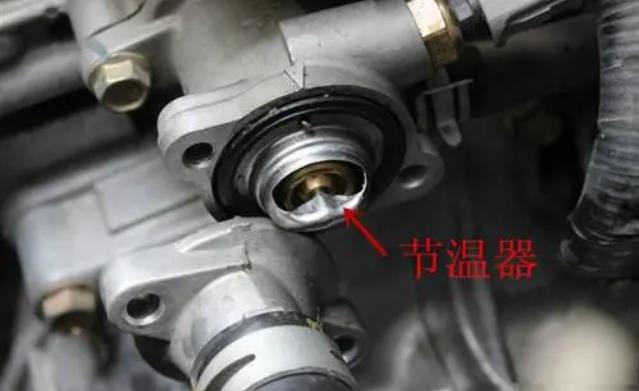Thermostat function
The most direct function of a thermostat is to control the engine coolant and intake temperature. It can not only automatically adjust the amount of water entering the radiator based on the temperature of the cooling water, but also change the water circulation range by controlling the opening and closing of the valve, thereby achieving the regulation of the cooling system's heat dissipation capacity, ensuring that the engine can operate within the appropriate temperature range and improving the engine's work efficiency, Protects the engine from damage and other functions.
Therefore, the thermostat must usually be maintained in good technical condition, otherwise it will seriously affect the normal operation of the engine. If the main valve of the thermostat is opened too late, it will cause the engine to overheat, and in severe cases, it may lead to engine burning; If the main valve is opened too early, it will prolong the engine preheating time, cause the engine temperature to be too low, and the work efficiency cannot be guaranteed.

In summary, the function of a thermostat is to ensure that the engine does not become too cold or overheated. For example, after the engine is operating normally, in winter conditions, without a thermostat, the engine temperature may be too low. At this point, the engine needs to temporarily stop water circulation to ensure that the engine temperature is not too low. In summer, it is necessary to strengthen the heating of the thermostat to prevent the engine from overheating.
Working principle of thermostat
The most commonly used thermostat is a wax type thermostat. When the cooling temperature is below the specified value, the delicate paraffin in the thermostat's temperature sensing body becomes solid. The thermostat valve closes the channel between the engine and the radiator under the action of a spring, and the coolant returns to the engine through the water pump for small circulation within the engine.
When the coolant temperature reaches the specified value, paraffin begins to melt and gradually becomes a liquid, increasing its volume and compressing the rubber tube to cause it to contract. At the same time as the rubber tube contracts, an upward thrust is applied to the push rod, which has a downward reverse thrust on the valve to open it.
At this point, the coolant passes through the radiator and thermostat valve, and then flows back to the engine through the water pump for a major circulation. Most thermostats are arranged in the cylinder head outlet water pipeline, which has the advantage of simple structure and easy removal of air bubbles in the cooling system; The disadvantage is that the thermostat often opens and closes during operation, causing oscillation.
